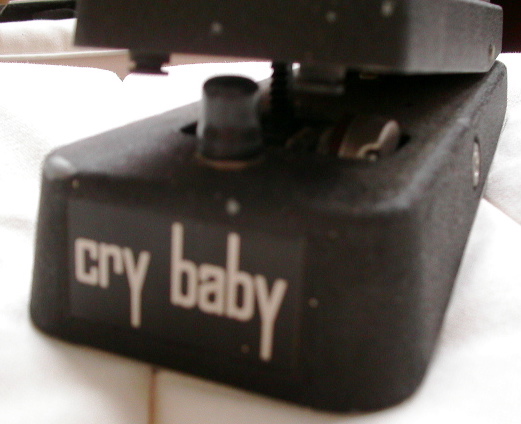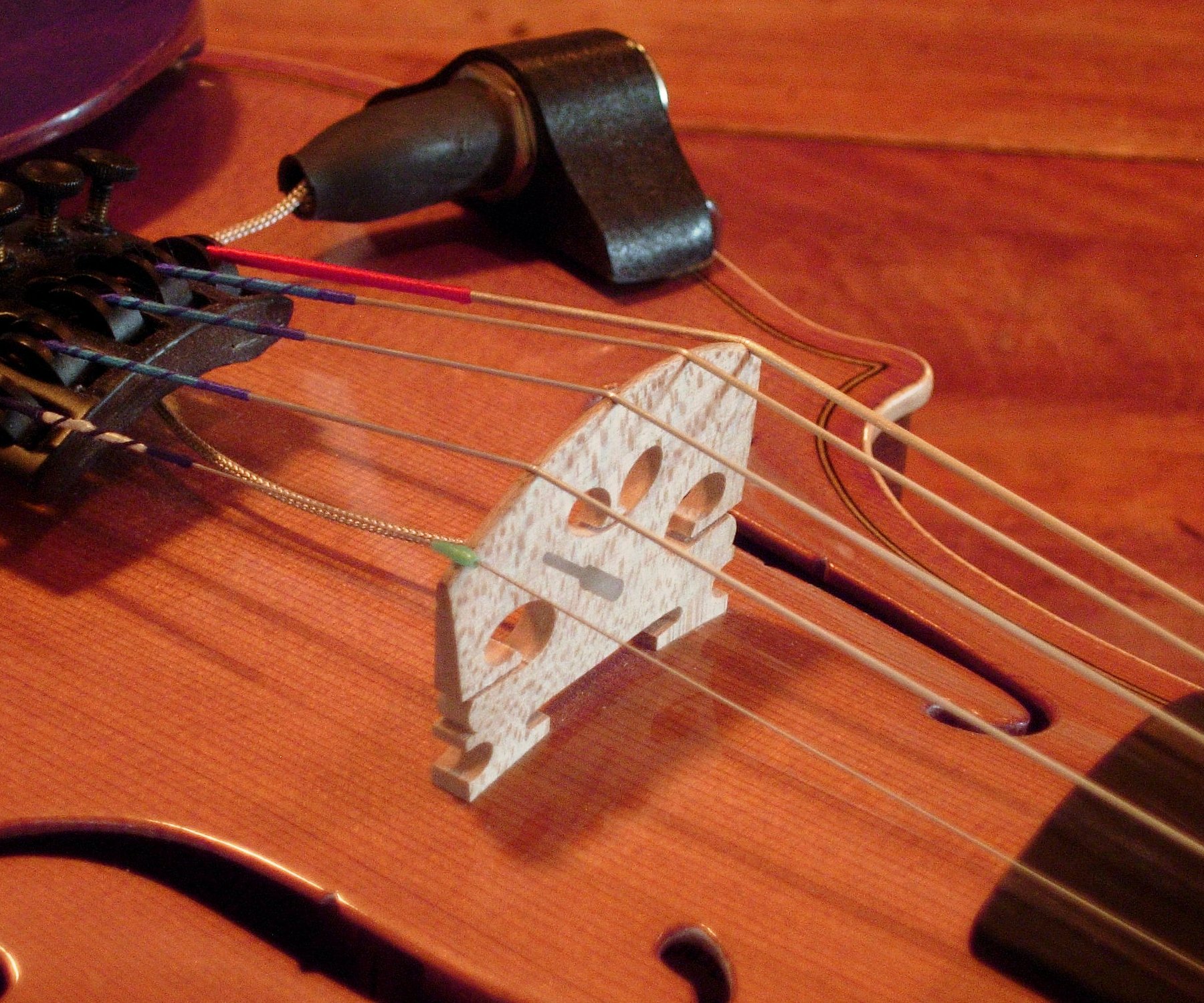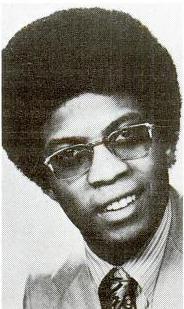|
Jean-Luc Ponty Experience With The George Duke Trio
''The Jean-Luc Ponty Experience with the George Duke Trio'' is a jazz album released in 1969 by Jean-Luc Ponty on World Pacific Jazz in the US, and is considered to be one of the earliest jazz fusion albums. This was the third album of note for pianist George Duke. History The ''Jean-Luc Ponty Experience with the George Duke Trio'' album was recorded live in Hollywood, California in mid-September, 1969. A number of Jazz musicians were experimenting with the jazz-rock fusion that would become so popular in the 1970s, but Jean-Luc Ponty is one of the earliest to get it down on vinyl. Ponty was inspired by Miles Davis to explore this new fusion form and is considered the first significant jazz musician to record on the electric violin. Later, in the 1970s, he pioneered the use of 5 & 6-string violins and was the first to combine the violin with MIDI, distortion boxes, phase shifters, and wah-wah pedals. Reissues *''Jean-Luc Ponty Experience with the George Duke Trio'' was reissued ... [...More Info...] [...Related Items...] OR: [Wikipedia] [Google] [Baidu] |
Jean-Luc Ponty
Jean-Luc Ponty (born 29 September 1942) is a French jazz violinist and composer. Early life Ponty was born into a family of classical musicians in Avranches, France. His father taught violin, his mother taught piano. At sixteen, he was admitted to the Conservatoire National Supérieur de Musique de Paris, graduating two years later with the institution's highest honor, Premier Prix (first prize). He was hired by the Concerts Lamoureux in which he played for three years. While still a member of the orchestra in Paris, Ponty picked up a side job playing clarinet (which his father had taught him) for a college jazz band, that regularly performed at local parties. It proved life-changing. A growing interest in Miles Davis and John Coltrane compelled him to take up tenor saxophone. One night after an orchestra concert, and still wearing his tuxedo, Ponty found himself at a local club with only his violin. Within four years, he was widely accepted as the leading figure in "jazz fid ... [...More Info...] [...Related Items...] OR: [Wikipedia] [Google] [Baidu] |
Wah-wah Pedal
A wah-wah pedal, or simply wah pedal, is a type of electric guitar effects pedal that alters the tone and frequencies of the guitar signal to create a distinctive sound, mimicking the human voice saying the onomatopoeic name "wah-wah". The pedal sweeps the peak response of a frequency filter up and down in frequency to create the sound, a spectral glide, also known as "the wah effect". The wah-wah effect originated in the 1920s, with trumpet or trombone players finding they could produce an expressive crying tone by moving a mute in and out of the instrument's bell. This was later simulated with electronic circuitry for the electric guitar when the wah-wah pedal was invented. It is controlled by movement of the player's foot on a rocking pedal connected to a potentiometer. Wah-wah effects may be used as a fixed-filter to alter an instrument’s timbre (known as a “cocked-wah”); they may be used when a guitarist is soloing; or, classically, they may be used to create a "wa ... [...More Info...] [...Related Items...] OR: [Wikipedia] [Google] [Baidu] |
Drum Kit
A drum kit (also called a drum set, trap set, or simply drums) is a collection of drums, cymbals, and other auxiliary percussion instruments set up to be played by one person. The player ( drummer) typically holds a pair of matching drumsticks, one in each hand, and uses their feet to operate a foot-controlled hi-hat and bass drum pedal. A standard kit may contain: * A snare drum, mounted on a stand * A bass drum, played with a beater moved by a foot-operated pedal * One or more tom-toms, including rack toms and/or floor toms * One or more cymbals, including a ride cymbal and crash cymbal * Hi-hat cymbals, a pair of cymbals that can be manipulated by a foot-operated pedal The drum kit is a part of the standard rhythm section and is used in many types of popular and traditional music styles, ranging from rock and pop to blues and jazz. __TOC__ History Early development Before the development of the drum set, drums and cymbals used in military and orchestral m ... [...More Info...] [...Related Items...] OR: [Wikipedia] [Google] [Baidu] |
Dick Berk
Richard Alan Berk (May 22, 1939 – February 8, 2014) was an American jazz drummer and bandleader. Career A native of San Francisco, California, he studied at the Berklee College of Music and played in the Boston area early in the 1960s. In 1962 he moved to New York City and played with Ted Curson and Bill Barron in a quintet from 1962 to 1964. Following this he played with Charles Mingus, Mose Allison, Freddie Hubbard, and Walter Bishop, Jr., among others. He moved to Los Angeles late in the 1960s, where he played with Milt Jackson, Frank Rosolino, George Duke, Cal Tjader, Jean-Luc Ponty, and Blue Mitchell. He founded the Jazz Adoption Agency in the early 1980s, playing into the 2000s; the group included Andy Martin, Mike Fahn, Nick Brignola, Jon Nagorney, Keith Saunders, Tad Weed, and John Patitucci. He died in 2014 at the age of 74. Discography As leader * ''Rare One'' ( Discovery, 1983) * ''Big Jake'' (Discovery, 1984) * ''More Birds Less Feathers'' (Discov ... [...More Info...] [...Related Items...] OR: [Wikipedia] [Google] [Baidu] |
Double Bass
The double bass (), also known simply as the bass () (or #Terminology, by other names), is the largest and lowest-pitched Bow (music), bowed (or plucked) string instrument in the modern orchestra, symphony orchestra (excluding unorthodox additions such as the octobass). Similar in structure to the cello, it has four, although occasionally five, strings. The bass is a standard member of the orchestra's string section, along with violins, viola, and cello, ''The Orchestra: A User's Manual'' , Andrew Hugill with the Philharmonia Orchestra as well as the concert band, and is featured in Double bass concerto, concertos, solo, and chamber music in European classical music, Western classical music.Alfred Planyavsky [...More Info...] [...Related Items...] OR: [Wikipedia] [Google] [Baidu] |
John Heard (musician)
John William Heard (July 3, 1938 – December 10, 2021) was an American bass player and artist. His recording credits include albums with Pharoah Sanders, George Duke, Oscar Peterson, Count Basie, Zoot Sims, Ahmad Jamal, Frank Morgan, George Cables. His professional jazz performance career lasted from the 1960s to the early 2010s, during which he also worked as a visual artist, producing drawings, paintings, and sculptures. Background He was born in Pittsburgh, Pennsylvania, United States. He also played saxophone in his early years. He began playing bass at the age of 14. His professional career began in a band that included sax player Booker Ervin, drummer J.C. Moses, pianist Horace Parlan and trumpet player Tommy Turrentine. While in high school, he attended special classes at the Carnegie Museum of Art. In 1958, he joined the United States Air Force and was sent to Germany. Because of his art experience he was given a job of designing posters for events. He also did some a ... [...More Info...] [...Related Items...] OR: [Wikipedia] [Google] [Baidu] |
Electric Piano
An electric piano is a musical instrument which produces sounds when a performer presses the keys of a piano-style musical keyboard. Pressing keys causes mechanical hammers to strike metal strings, metal reeds or wire tines, leading to vibrations which are converted into electrical signals by magnetic pickups, which are then connected to an instrument amplifier and loudspeaker to make a sound loud enough for the performer and audience to hear. Unlike a synthesizer, the electric piano is not an electronic instrument. Instead, it is an electro-mechanical instrument. Some early electric pianos used lengths of wire to produce the tone, like a traditional piano. Smaller electric pianos used short slivers of steel to produce the tone (a lamellophone with a keyboard & pickups). The earliest electric pianos were invented in the late 1920s; the 1929 ''Neo- Bechstein'' electric grand piano was among the first. Probably the earliest stringless model was Lloyd Loar's Vivi-Tone Clavier. A few ... [...More Info...] [...Related Items...] OR: [Wikipedia] [Google] [Baidu] |
Electric Violin
An electric violin is a violin equipped with an electronic output of its sound. The term most properly refers to an instrument intentionally made to be electrified with built-in pickups, usually with a solid body. It can also refer to a violin fitted with an electric pickup of some type, although "amplified violin" or "electro-acoustic violin" are more accurate then. History Electrically amplified violins have been used in one form or another since the 1920s; jazz and blues artist Stuff Smith is generally credited as being one of the first performers to adapt pickups and amplifiers to violins. The Electro Stringed Instrument Corporation, National String Instrument Corporation and Vega Company sold electric violins in the 1930s and 1940s; Fender advertised an electric violin in 1958 (first production model pictured at the head of this page) but withdrew it at the point of production. After Fender was bought by CBS, the electric violin went into production in 1969 until 1975. ... [...More Info...] [...Related Items...] OR: [Wikipedia] [Google] [Baidu] |
Jean-Bernard Eisinger
Jean-Bernard is a French masculine given name. It may refer to : * Jean-Bernard Gauthier de Murnan Jean-Bernard Gauthier de Murnan (1748 in Bourg-en-Bresse – 27 September 1796) was a French officer for the Continental Army and a French general during the French Revolution. Jean-Bernard Gauthier was born in a family of jurists in Bourg-en-B ... (1748–1796), a French officer for the Continental Army * Jean-Bernard Knepper (1638–1698), a Luxembourg advocat and notary * Jean-Bernard Ndongo Essomba, a Cameroonian politician * Jean-Bernard Racine (born 1940), a Swiss Professor of geography * Jean-Bernard Raimond (1926–2016), a conservative French politician * Jean-Bernard Restout (1732–1797), a French painter * Jean Bernard Sindeu, a Cameroonian politician See also * Jean Bernard (other) * Jean-Bernard, abbé Le Blanc (1707–1781), a French art critic * Marc Jean-Bernard (born 1952), a French/American philosopher, classical musician and musicologist * G ... [...More Info...] [...Related Items...] OR: [Wikipedia] [Google] [Baidu] |
Herbie Hancock
Herbert Jeffrey Hancock (born April 12, 1940) is an American jazz pianist, keyboardist, bandleader, and composer. Hancock started his career with trumpeter Donald Byrd's group. He shortly thereafter joined the Miles Davis Quintet, where he helped to redefine the role of a jazz rhythm section and was one of the primary architects of the post-bop sound. In the 1970s, Hancock experimented with jazz fusion, funk, and electro styles, utilizing a wide array of synthesizers and electronics. It was during this period that he released perhaps his best-known and most influential album, ''Head Hunters''. Hancock's best-known compositions include " Cantaloupe Island", " Watermelon Man", " Maiden Voyage", and " Chameleon", all of which are jazz standards. During the 1980s, he enjoyed a hit single with the electronic instrumental " Rockit", a collaboration with bassist/producer Bill Laswell. Hancock has won an Academy Award and 14 Grammy Awards, including Album of the Year for his 200 ... [...More Info...] [...Related Items...] OR: [Wikipedia] [Google] [Baidu] |
Wolfgang Dauner
Wolfgang Dauner (; 30 December 1935 – 10 January 2020) was a German jazz pianist who co-founded the United Jazz + Rock Ensemble. He worked with Hans Koller, Albert Mangelsdorff, Volker Kriegel and Ack van Rooyen and composed for radio, television, and film. Education and career Dauner attended the Musikhochschule in Stuttgart, where he focused on composition, piano, and trumpet. In the 1960s he belonged to a sextet led by Joki Freund. As the leader of his trio, he recorded for the first time in 1964, an early session in the history of European free jazz. In 1969, he was leader and composer for Radio Jazz Group Stuttgart. A year later he started the jazz rock band Et Cetera. With Hans Koller, he began the Free Sound & Super Brass Big Band. In 1975, he was a founding member of the United Jazz and Rock Ensemble. It was a collaboration of trombonist Albert Mangelsdorff, trumpeter Ack van Rooyen, sax player Charlie Mariano, bassist Eberhard Weber and guitarist Volker Kriegel. Ad ... [...More Info...] [...Related Items...] OR: [Wikipedia] [Google] [Baidu] |
Los Angeles Herald Examiner
The ''Los Angeles Herald Examiner'' was a major Los Angeles daily newspaper, published in the afternoon from Monday to Friday and in the morning on Saturdays and Sundays. It was part of the Hearst syndicate. It was formed when the afternoon '' Herald-Express'' and the morning ''Los Angeles Examiner'', both of which were published there since the turn of the 20th century, merged in 1962. For a few years after the merger, the ''Los Angeles Herald Examiner'' had the largest afternoon-newspaper circulation in the US. It published its last edition on November 2, 1989. Early years William Randolph Hearst founded the ''Los Angeles Examiner'' in 1903, in order to assist his campaign for the presidential nomination on the Democratic ticket, complement his ''San Francisco Examiner'', and provide a union-friendly answer to the ''Los Angeles Times''. At its peak in 1960, the ''Examiner'' had a circulation of 381,037. It attracted the top newspapermen and women of the day. The ''Examiner' ... [...More Info...] [...Related Items...] OR: [Wikipedia] [Google] [Baidu] |






